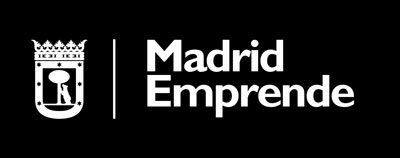- In the world of entrepreneurship, the process of disinvestment from a company or startup It is presented as a strategic and very important stage, which must be approached carefully
Divestment concept
The first thing will be to know what this phase consists of. This is the sale or liquidation of assets, divisions or shares that the company owns. Divestment consists of the exit of capital investors, to obtain benefits in exchange.
These types of decisions can be made for various reasons: such as restructuring, change in business strategy, financial needs, or simply to focus on the main and most profitable activities or other businesses. When the divestiture is complete due to the sale of the startup, an IPO or even a merger with another company, we would talk about the exit made by the founders and/or investors.
Although it is true that this process is usually considered one of the ways to achieve success, the disinvestment of a startup It does not always occur when the business is necessarily consolidated. Financial investors are inclined to sell their assets at the end of their investment horizon to allow good businesses to mature. However, there are also earlier divestments of interesting companies with a good opportunity, but that have not reached the potential required to maintain that investment.
What forms of divestments are the most common?
Although there are different ways for the total or partial sale of a startup, some of the most widespread are:
- Sale of assets or divisions: The company may sell part of its assets or divisions to other interested companies or investors. This may include the sale of a specific product line, a business unit, or even the entire company.
- IPO (initial public offering): In some cases, a company may choose to go public through an IPO by offering shares to the public. This allows investors to buy and sell company shares on the stock market.
- Settlement: In extreme situations, when the company cannot find buyers for its assets or it is not feasible to sell parts of the company, it may opt for liquidation. In this case, the company sells all its assets and pays its debts before closing its operations.
The situation of the founder after a disinvestment process
Depending on whether the sale of the company is total or partial, the role of the entrepreneur changes considerably. Even in complete sale situations, it is most normal for the CEO to maintain the relationship for a considerable time with the new investor to facilitate integration. However, in the event that the divestment is completed because an investor sells his or her stake to another investor, it generally does not have much impact for the entrepreneur, since it simply represents a change in ownership.
In IPOs, the management team acquires a much greater commitment, both professional and financial, to the company in the long term. And finally, from the point of view of funds, divestments can also occur through sales of secondaries to other investors, which would have little impact on the day-to-day life of the company for the founders.
In general terms, business entrepreneurs usually maintain their continuous influence on the business strategy despite experiencing a disinvestment process, since they usually continue to be an active part of the administration and their vision as founders is very valuable for the company. company. Although, it is true that the entry of new investors, depending on the size of their property, can lead to long-term changes.
The importance of the partners' agreement in divestment processes
In the complex panorama of startup, the partners agreements They play a crucial role in setting the rules of the game between founders and investors. It is essential that entrepreneurs thoroughly understand the clauses they incorporate into these agreements, as some of them can have a significant impact on future sales or divestitures of the company.
Elements such as the right to accompaniment (tag along), drag right (drag along), liquidation preference agreements (preferential liquidation) and temporary restrictions through sales blocks (lock-up), are just some of the provisions that should be carefully considered. Informed decision-making at this early stage can be crucial to ensuring a smooth and fair divestment in the future, protecting the interests of both founders and investors.

